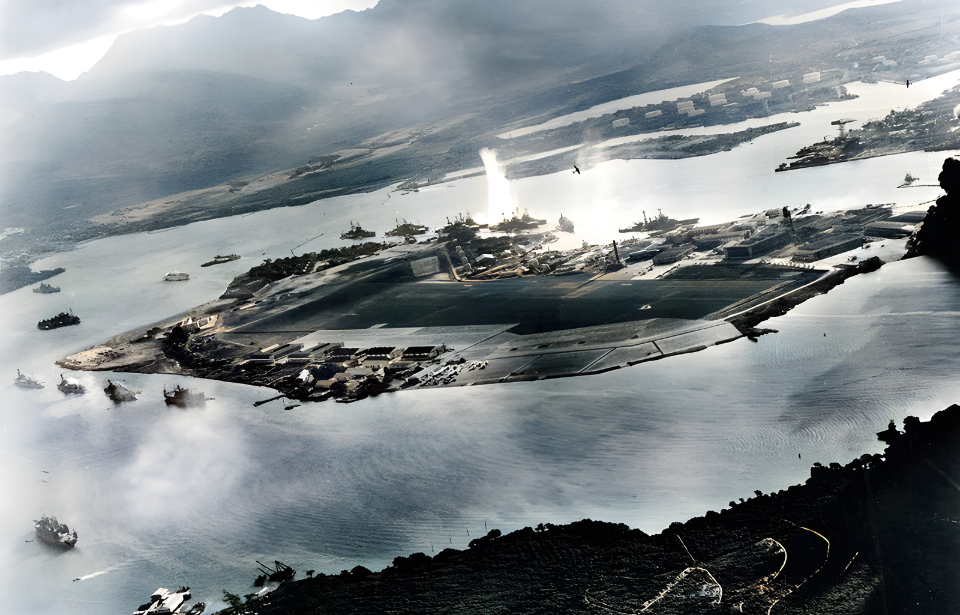December 7, 1941, remains a date forever tied to global history, particularly for Americans. On that important morning, the Imperial Japanese Navy (IJN) carried out a surprise attack on the U.S. naval base at Pearl Harbor, catching the United States off guard and prompting President Franklin D. Roosevelt to declare war the following day. Over time, this infamous event has been picked apart extensively, sparking a major debate: was the attack on Pearl Harbor the worst military decision in history?
Precursor to the Japanese attack on Pearl Harbor
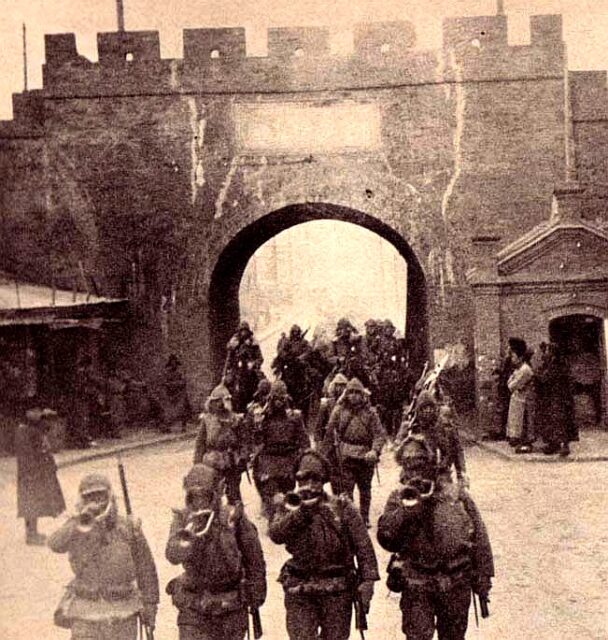
Japan aligned itself with the Axis powers when the government signed the Tripartite Pact with Germany and Italy in September 1940. The nation was already at war with China following the start of the Second Sino-Japanese War in 1937, yet it wanted more land in Southeast Asia, with a focus on British territories to aid the other Axis countries.
This desire was the result of decades of growth, both economically and on the global stage, that began following the fall of the Tokugawa shogunate in the late 19th century. Aggressive expansion began and continued into the interwar period, causing a number of countries – in particular, the United States – to place sanctions on the country.
Things only grew worse with the invasion of Manchuria in 1931, the Nanjing Massacre, and Japan signing additional treaties with the likes of the Soviet Union and Vichy France. By the time the country’s forces invaded Indochina in 1941, the US was concerned enough to completely freeze Japanese assets, along with the United Kingdom and the Netherlands, directly impacting the nation’s economy.
This prompted Japan to begin planning an attack on the US. Going back to its desire to gain more land in Southeast Asia, officials predicted that invading British territories would likely draw the US into the Second World War, as it was a British ally and had its own territories in the Pacific. Thus, it was decided a pre-emptive strike against the country was the logical solution.
Attempting to negotiate with the United States
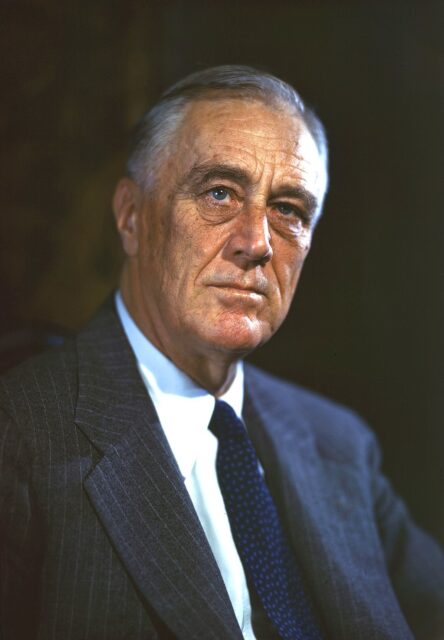
In February 1941, the United States and Japan entered into negotiations to try and improve diplomatic relations. To say things weren’t going well would be an understatement, with the latter submitting its final proposal on November 20, which stated that military troops would be withdrawn from China and Indochina in return for a number of conditions:
- The US would stop providing aid to China.
- An agreement would be put in place to provide Japan with “a required quantity of oil.”
- All military deployments to Southeast Asia would be ceased.
- The US would help Japan acquire assets from the Dutch East Indies.
As could be expected, this proposal was unsuccessful, largely because Franklin D. Roosevelt caught wind of Japan’s war plan and the country’s continued actions in Indochina. At a stalemate, Japan deployed its military forces in the Pacific, with the aim being to attack Pearl Harbor.
Japanese attack on Pearl Harbor
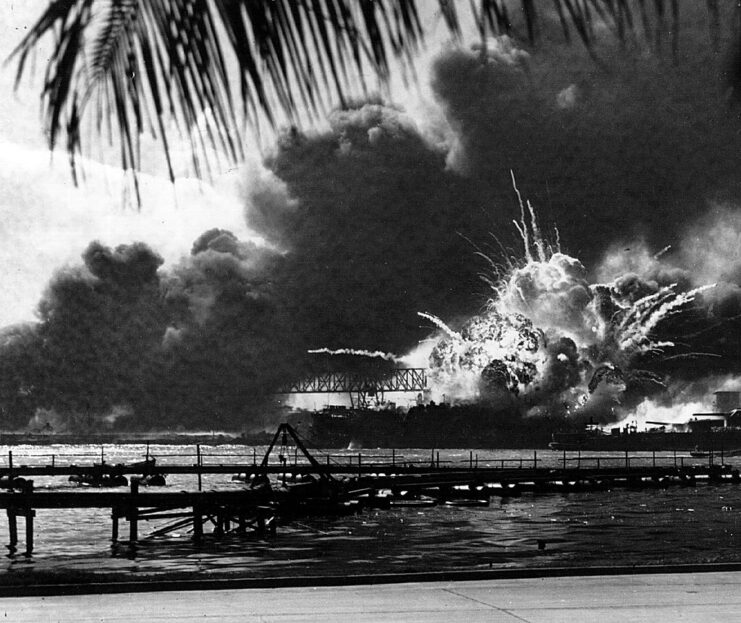
The Japanese launched their attack on Pearl Harbor just before 8:00 AM on December 7, 1941. The initial two waves consisted of 353 Imperial Japanese Navy aircraft targeting the American vessels moored at the naval base. Four battleships were destroyed, and another four were heavily damaged. Additionally, the U.S. Navy lost two more vessels, with nine others sustaining heavy damage.
Beyond the ships, the Japanese also struck aircraft still grounded. Wheeler Airfield was hit particularly hard, resulting in the destruction of 188 aircraft and damage to another 159. However, the most devastating losses were in human lives. A total of 2,403 Americans, primarily sailors, lost their lives, while another 1,178 were injured.
Although there is speculation that junior Japanese officials proposed a third wave, there is no concrete evidence confirming such plans were ever developed.
Was the attack on Pearl Harbor a good military decision?
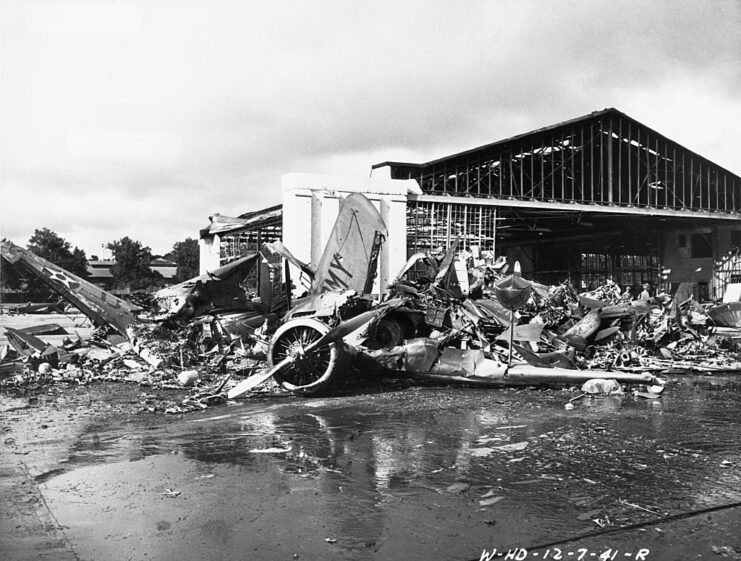
In the United States, the attack on Pearl Harbor is considered a national tragedy, but it was only a partial success for the Japanese military. The US lost 188 aircraft during the attack on Pearl Harbor, while the Imperial Japanese Navy suffered losses in the form of 29 aircraft, five mini-submarines and 64 servicemen. An additional sailor was captured.
This begs the question: how sound a military decision was the attack on Pearl Harbor?
The Japanese had hoped to destroy the US Pacific Fleet to ensure they’d be unable to interfere with the nation’s planned invasions of Southeast Asia. This was in the hope of buying some time to enhance the overall strength of the IJN and improve their military position while the US Navy rebuilt. They also hoped to hurt American morale to the extent that Franklin D. Roosevelt would seek a compromise.
The attack backfired for Japan

Nonetheless, the attack proved that Japan was diplomatically unreliable and made a diplomatic resolution impossible. As well, the IJN had been unable to destroy any of the US Navy’s aircraft carriers, since they weren’t docked there on December 7, 1941, meaning some of the strongest vessels in the Pacific Fleet were still operational.
Want to become a trivia master? Sign up for our War History Fact of the Day newsletter!
Japan came to regret the attack on Pearl Harbor soon after, as confirmed by Adm. Isoroku Yamamoto’s diary, which was filled with anxiety before and after the strike. The US didn’t suffer much lasting damage, and the assault, instead, served to abruptly wake a slumbering economic and military giant.
